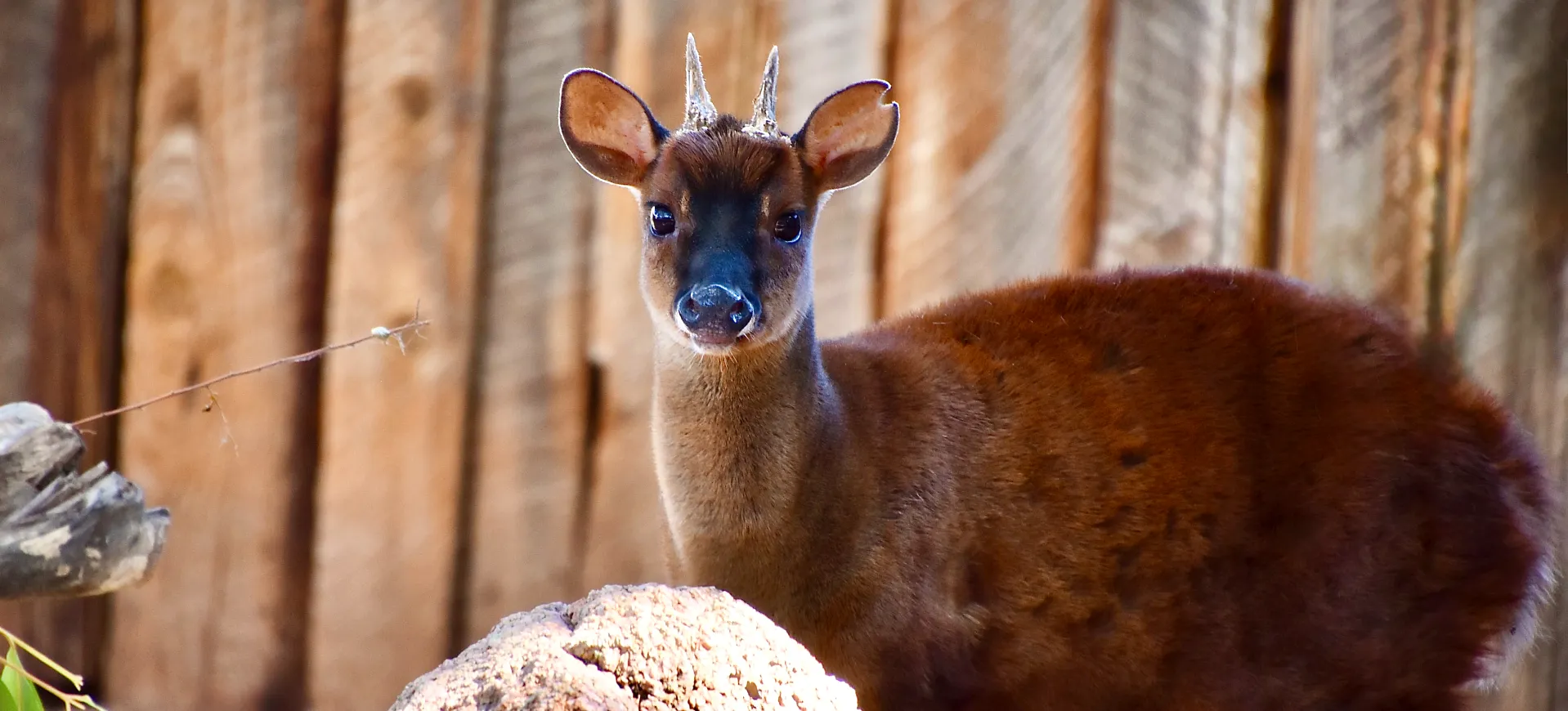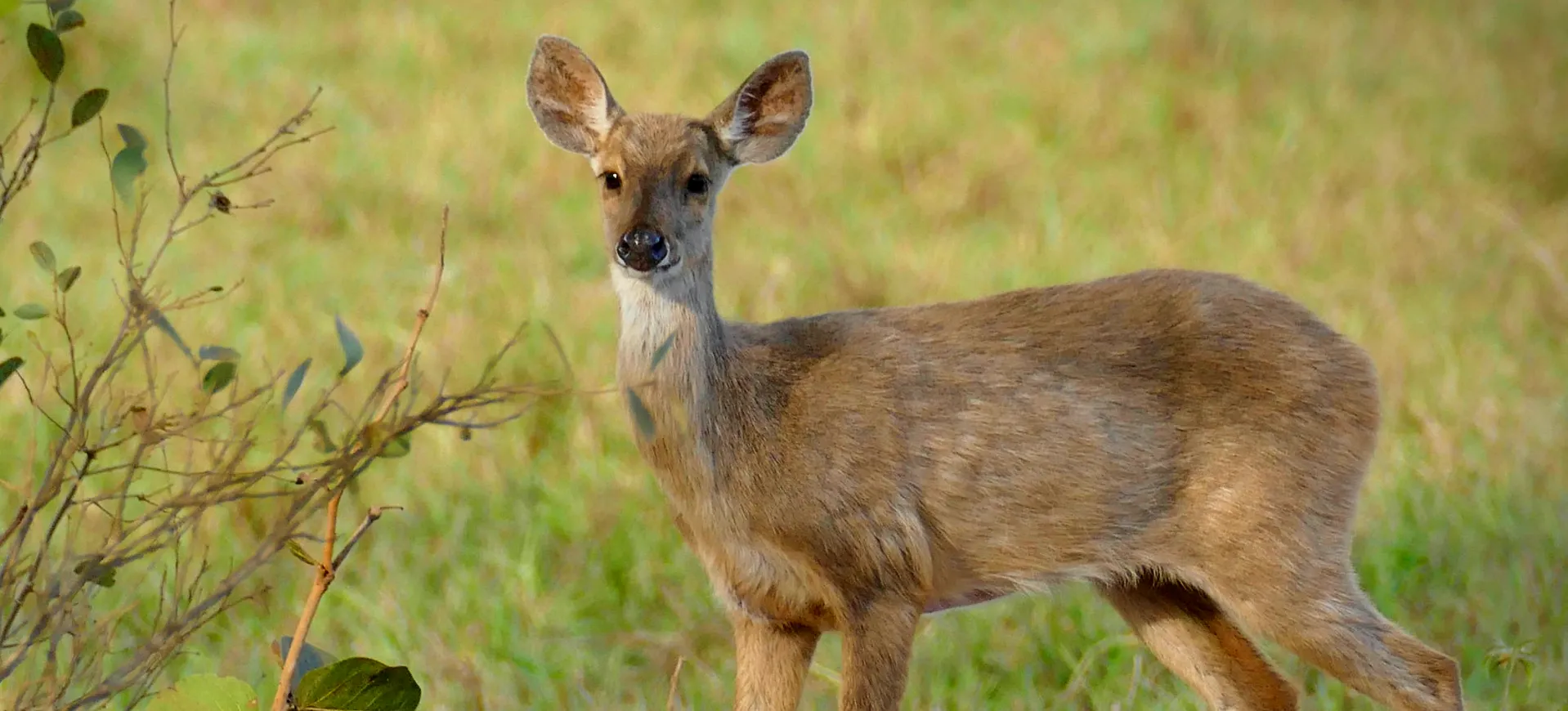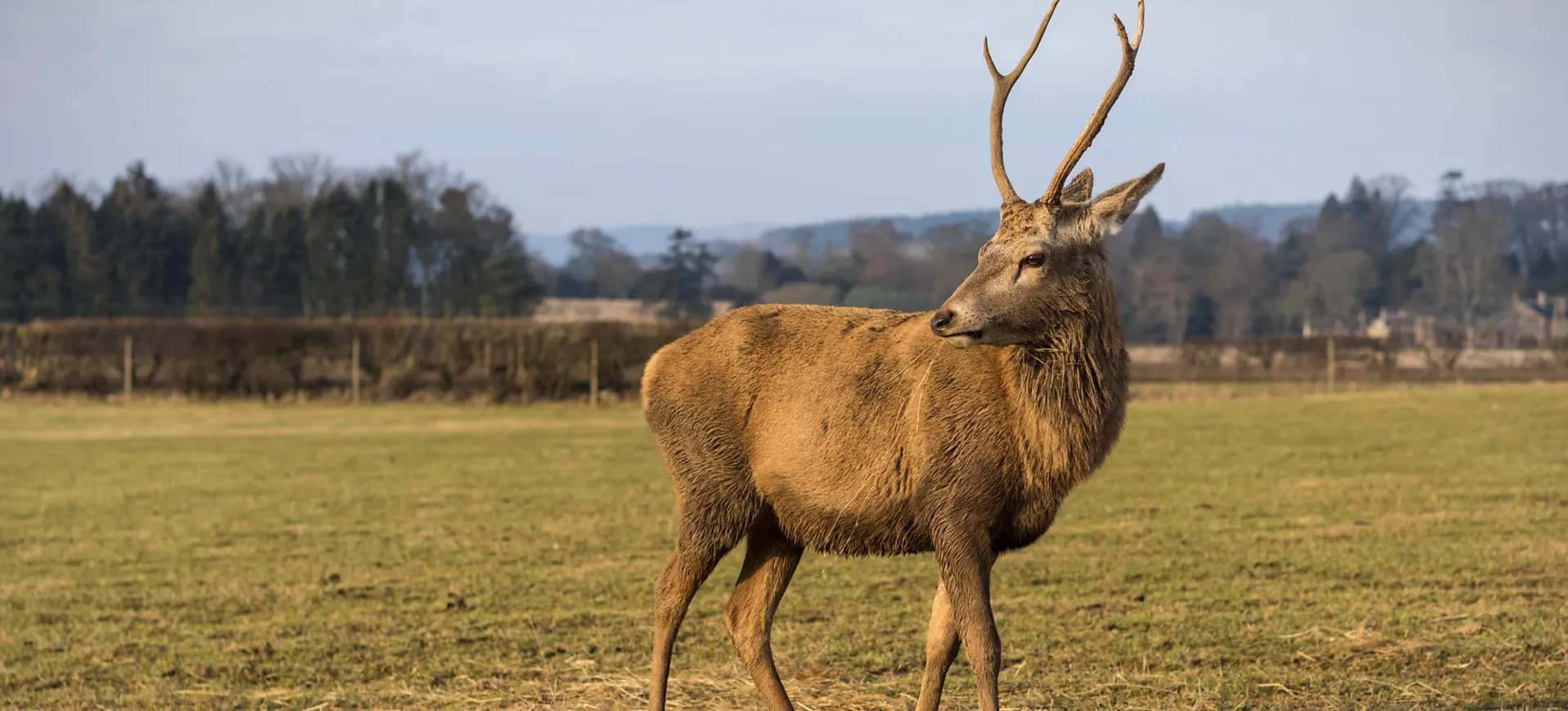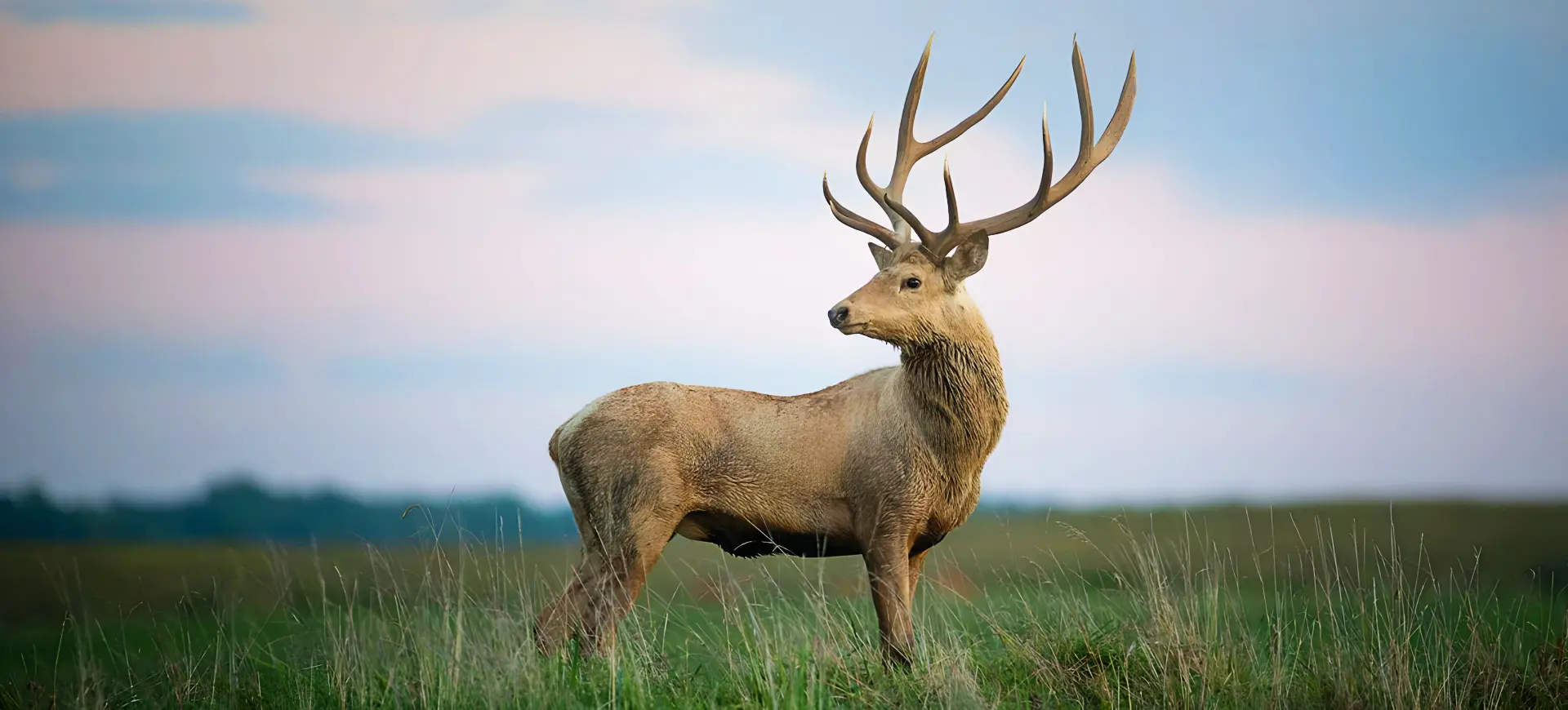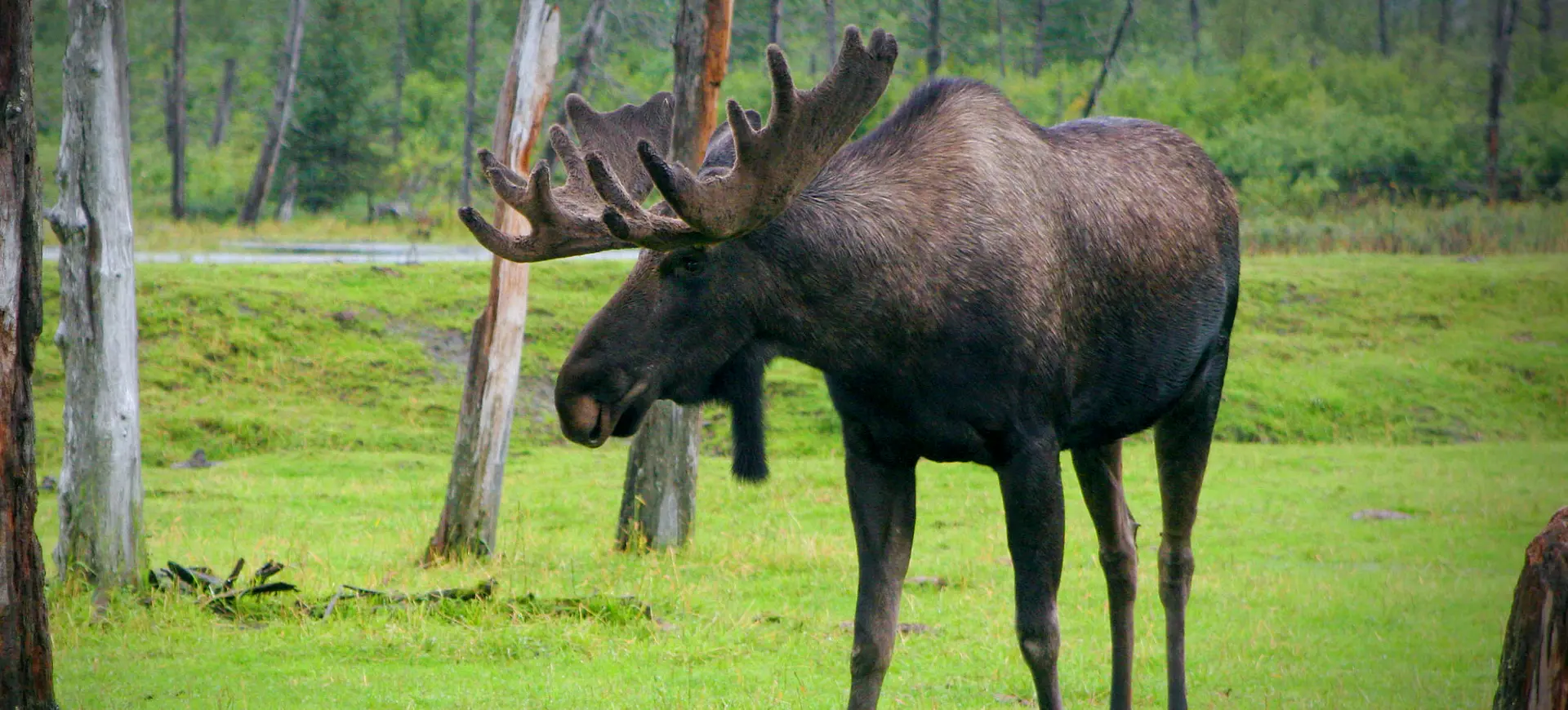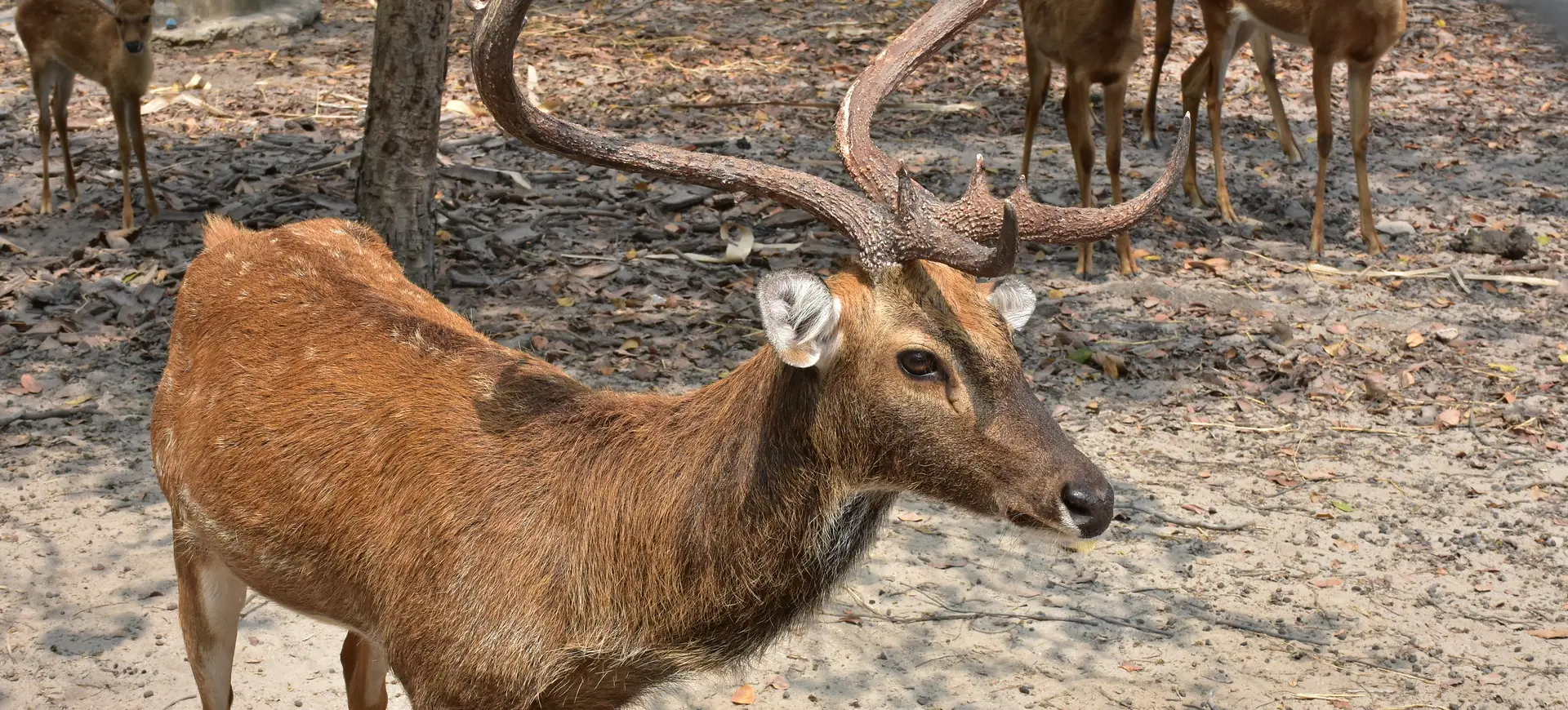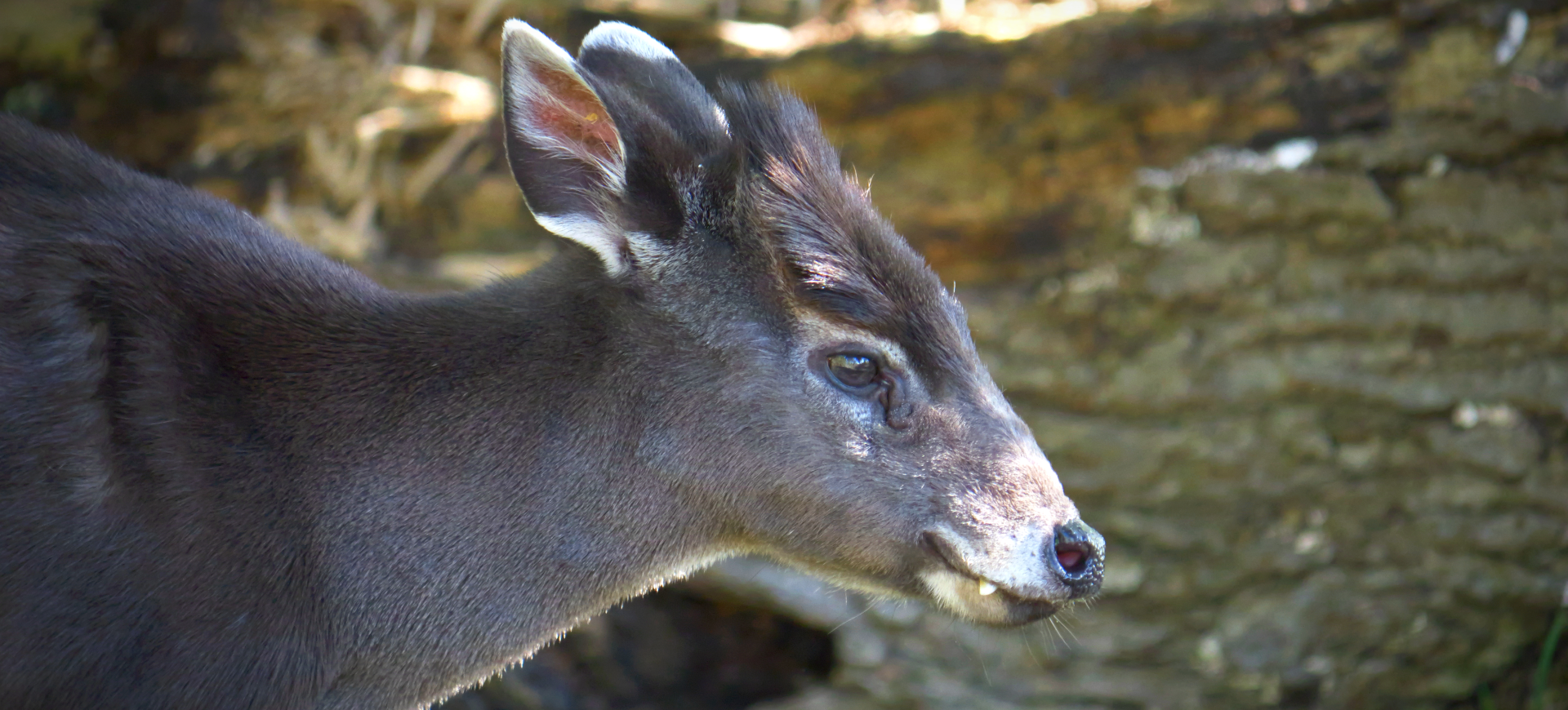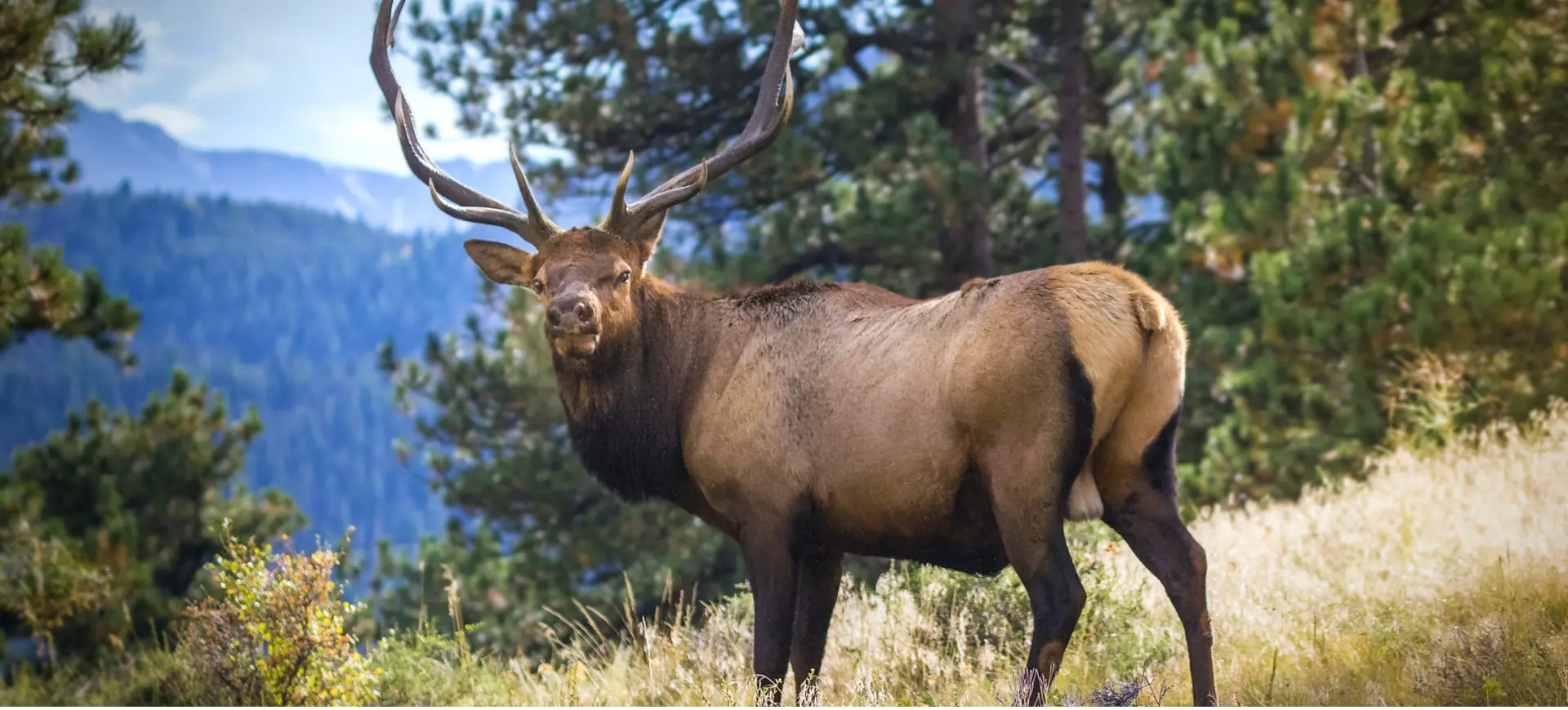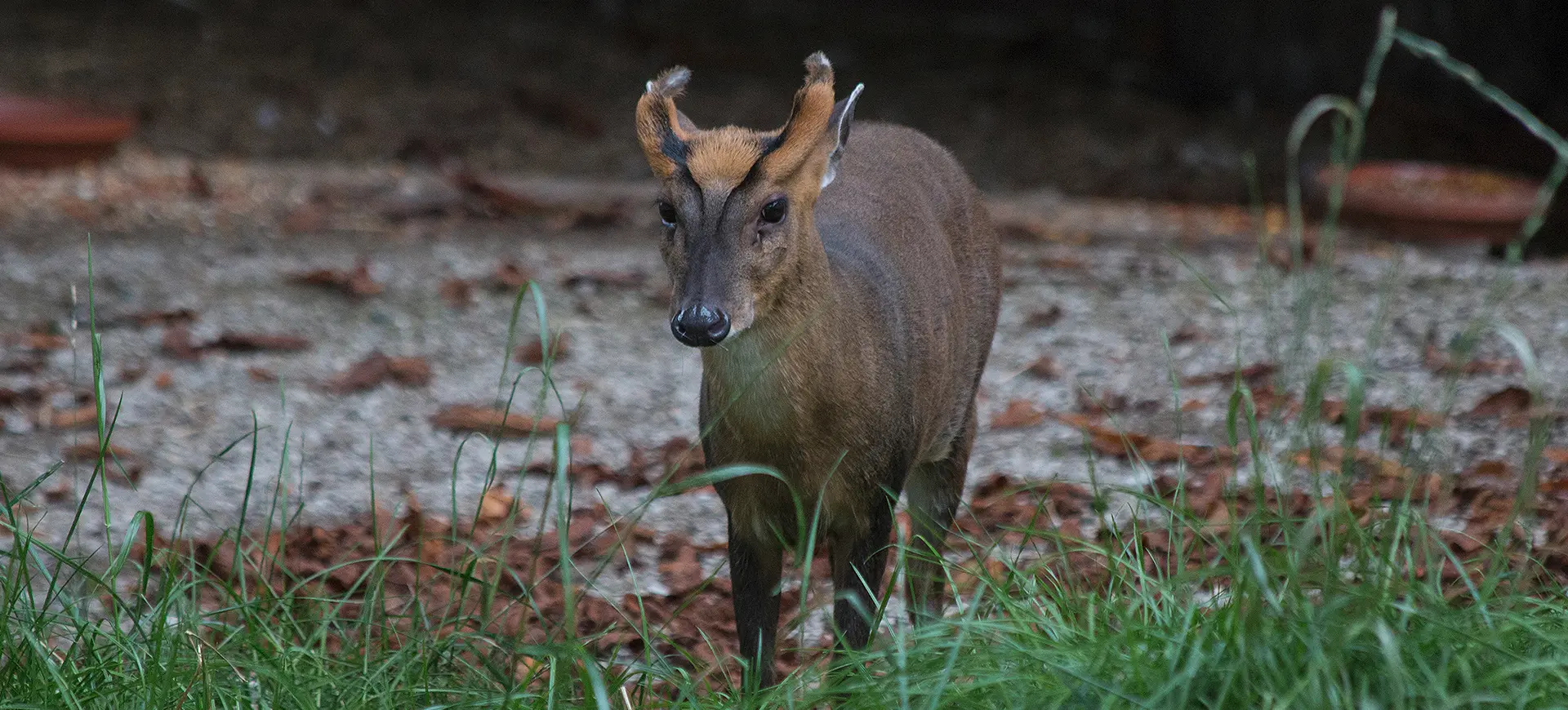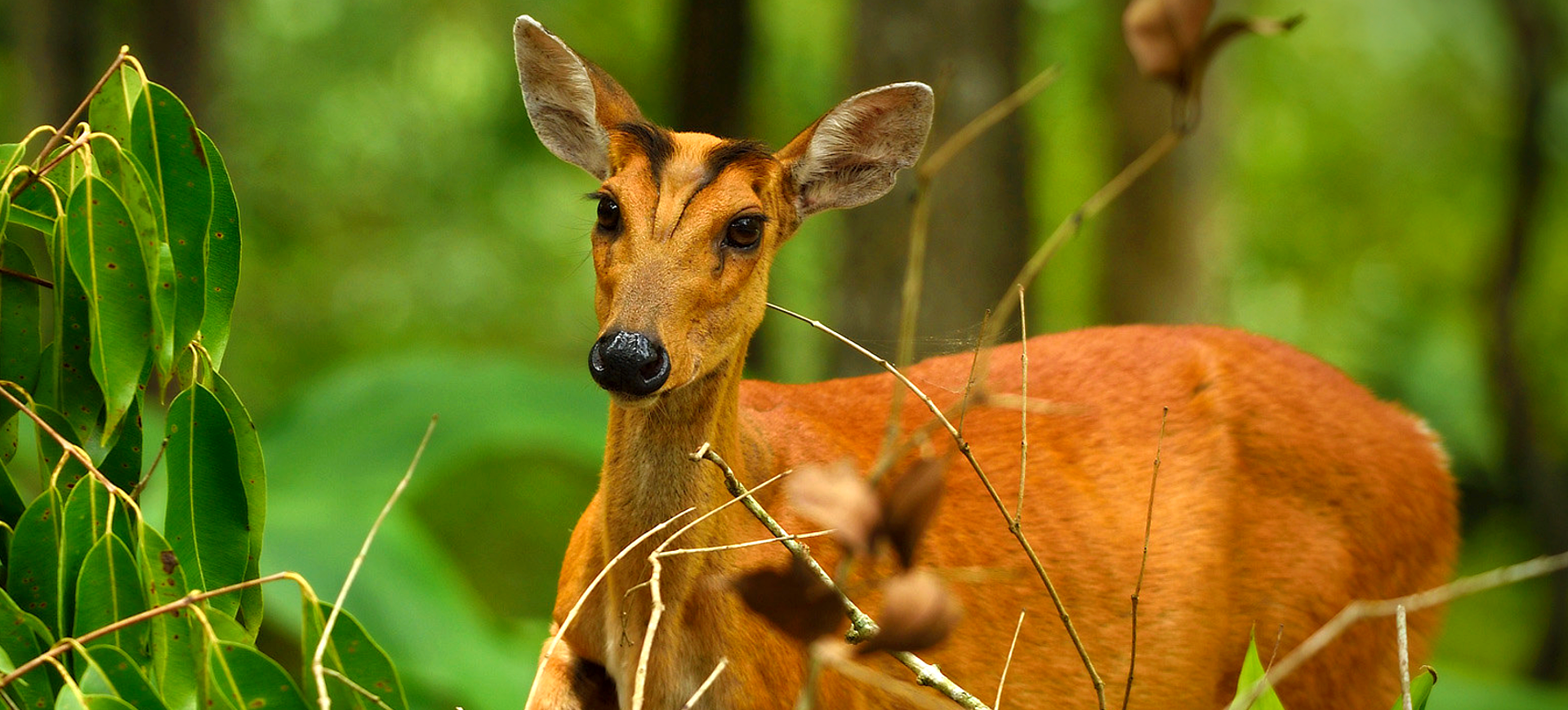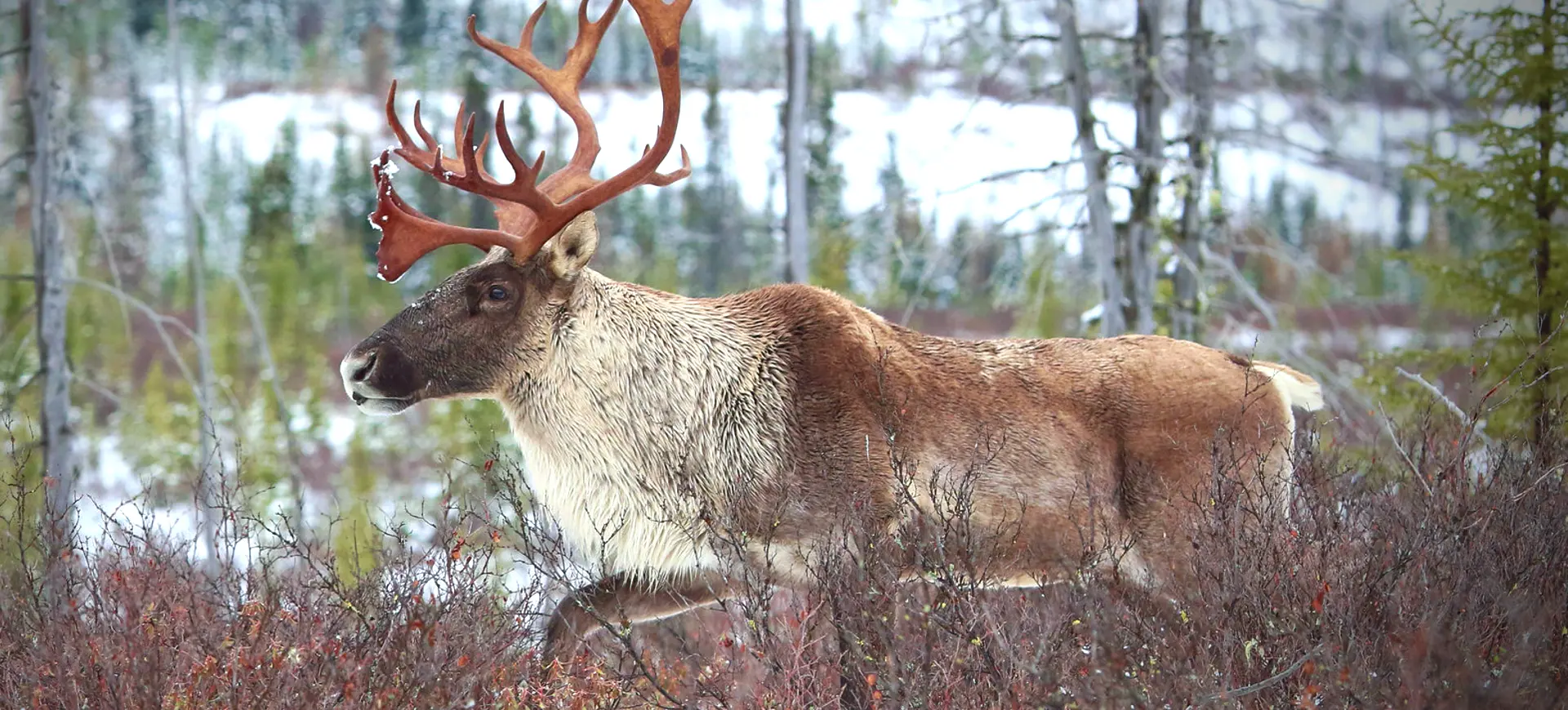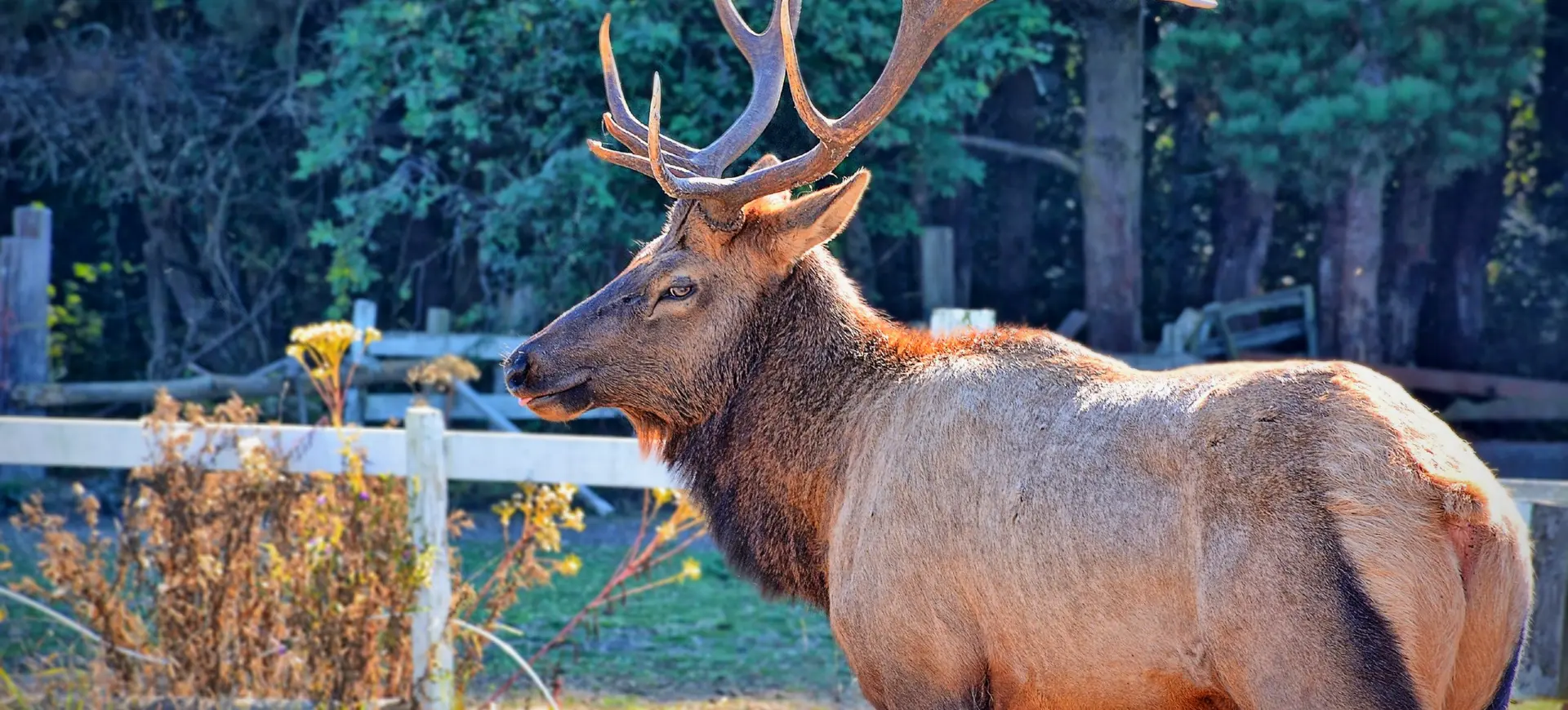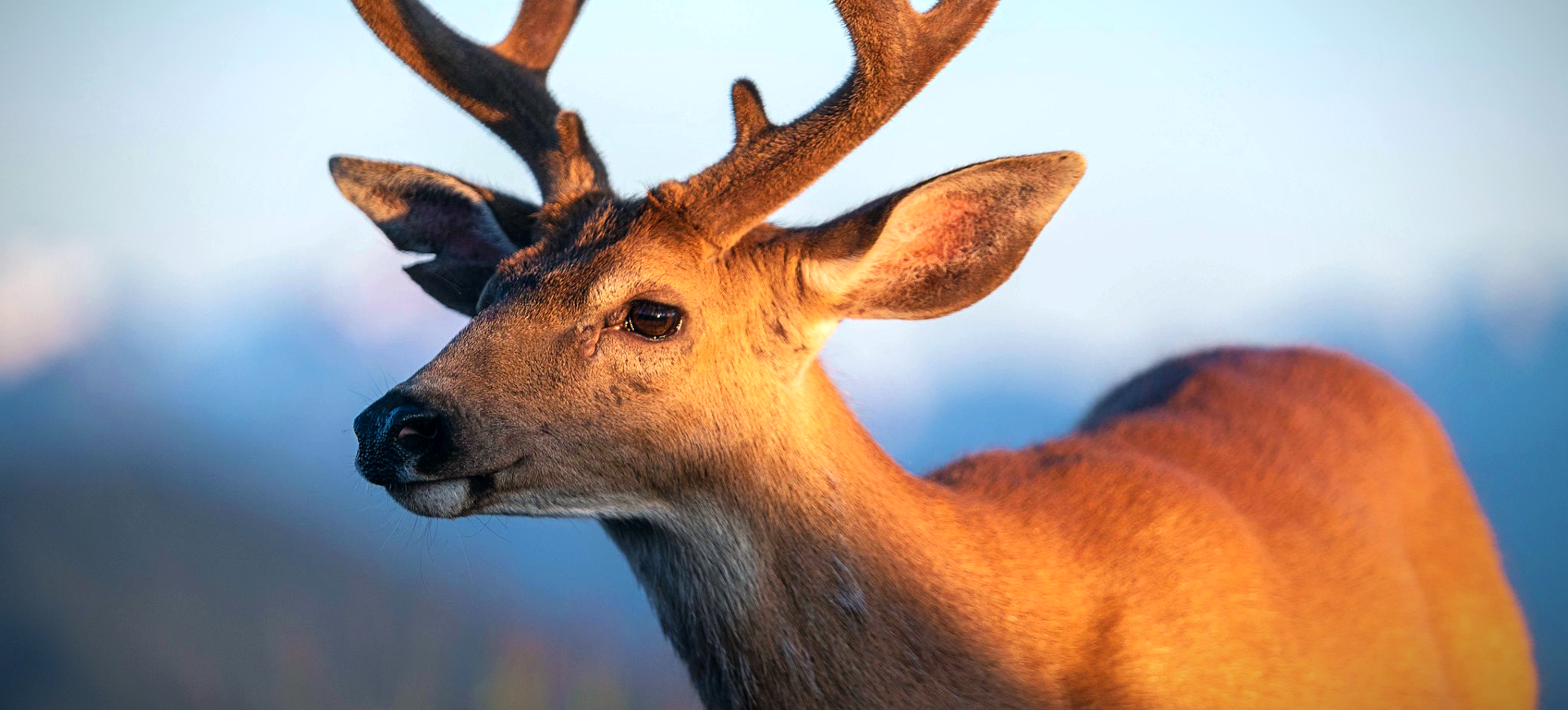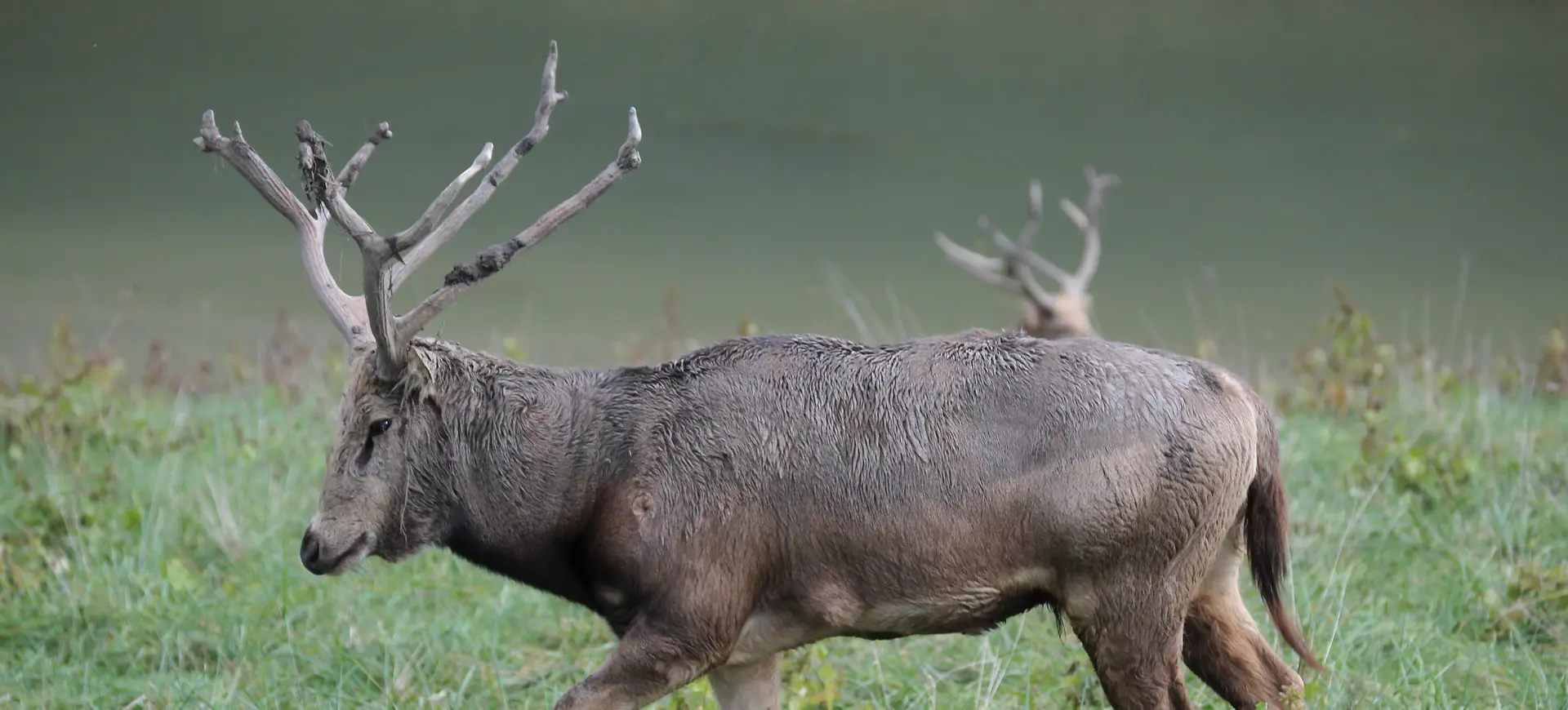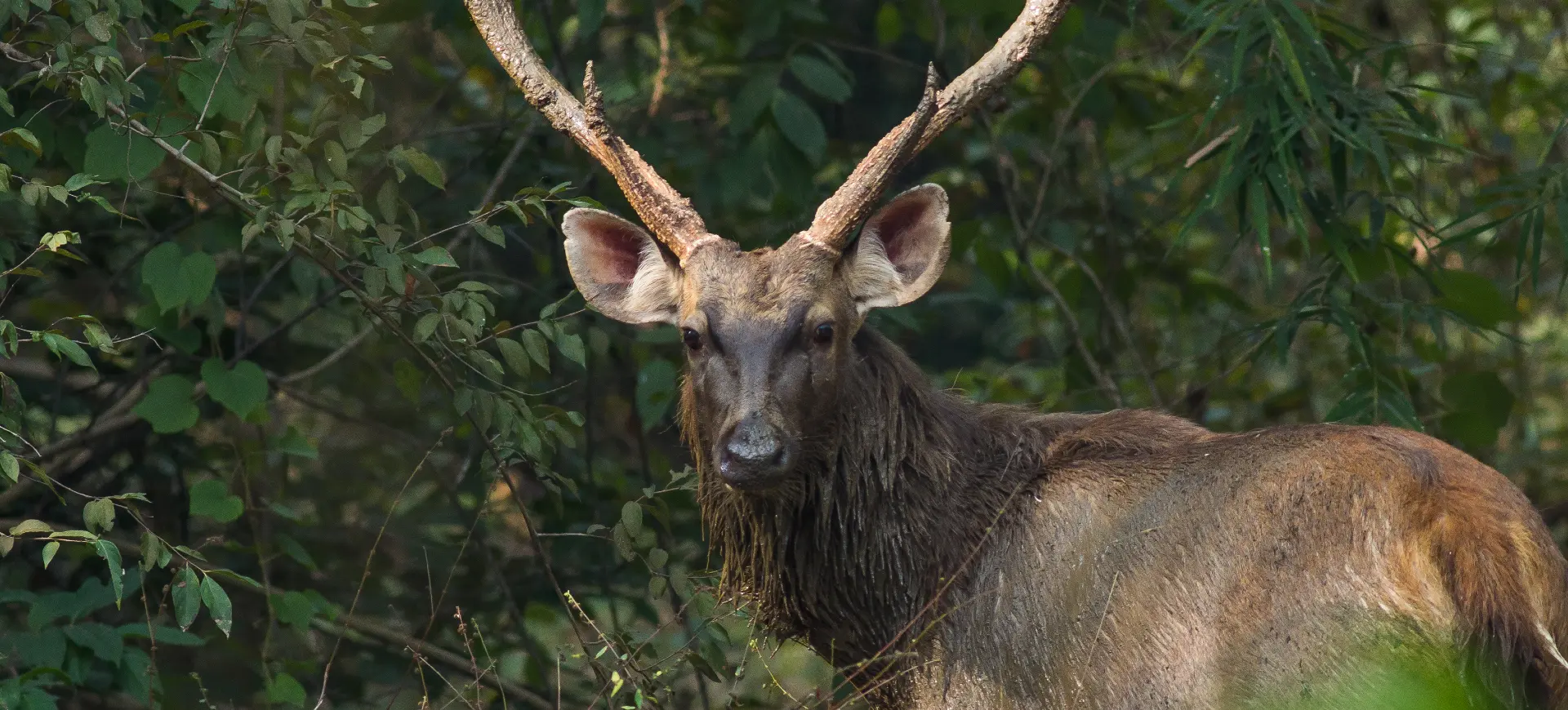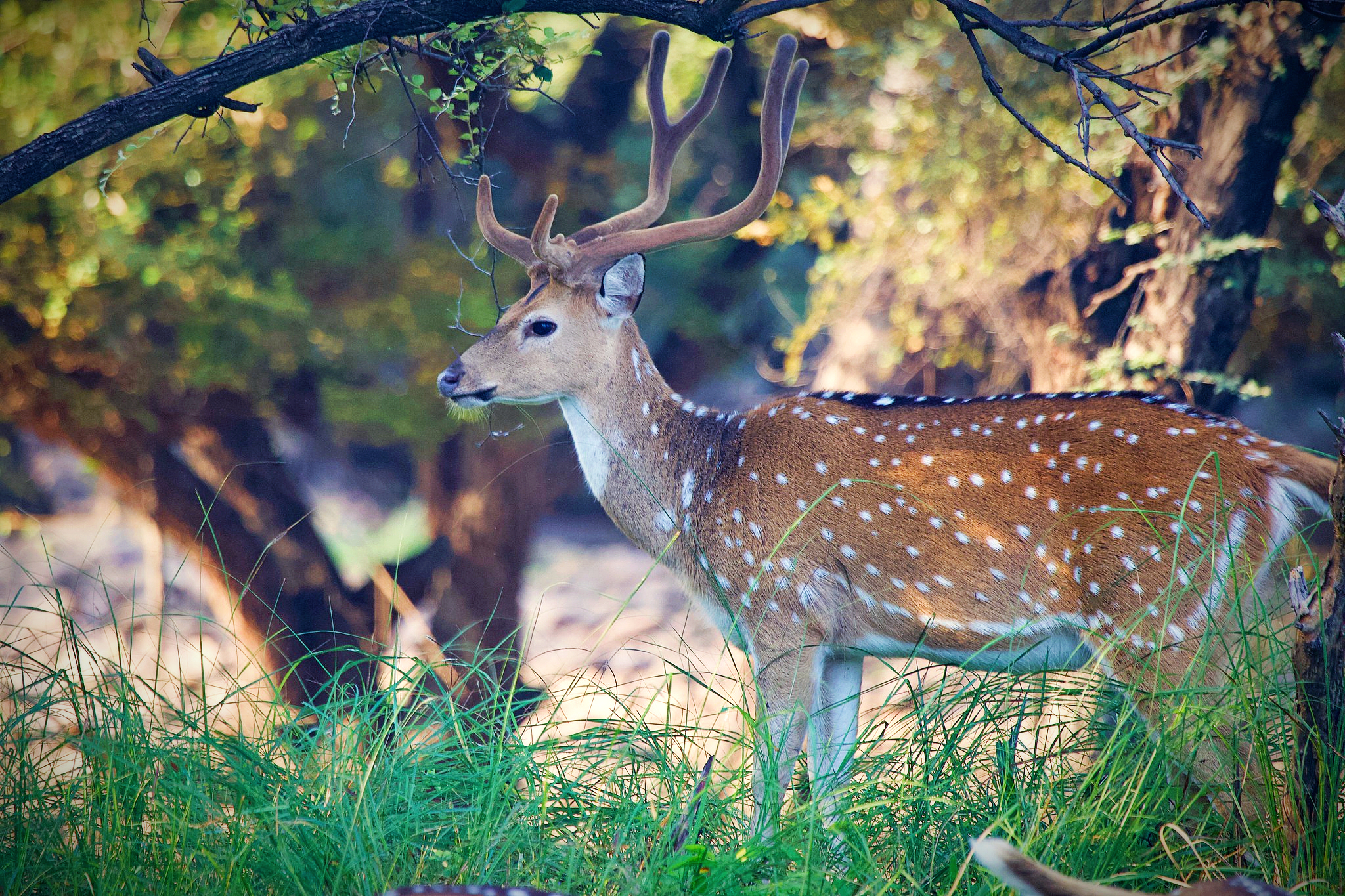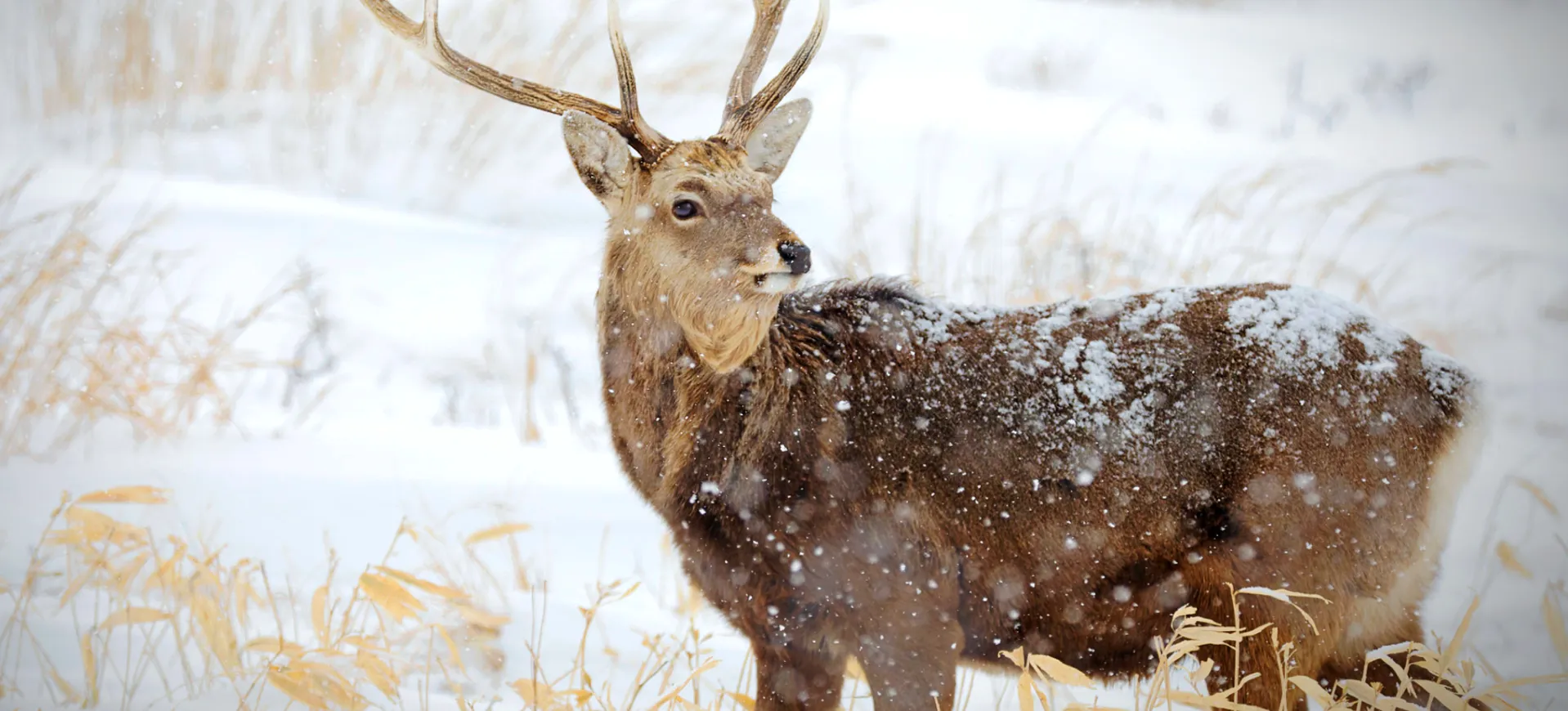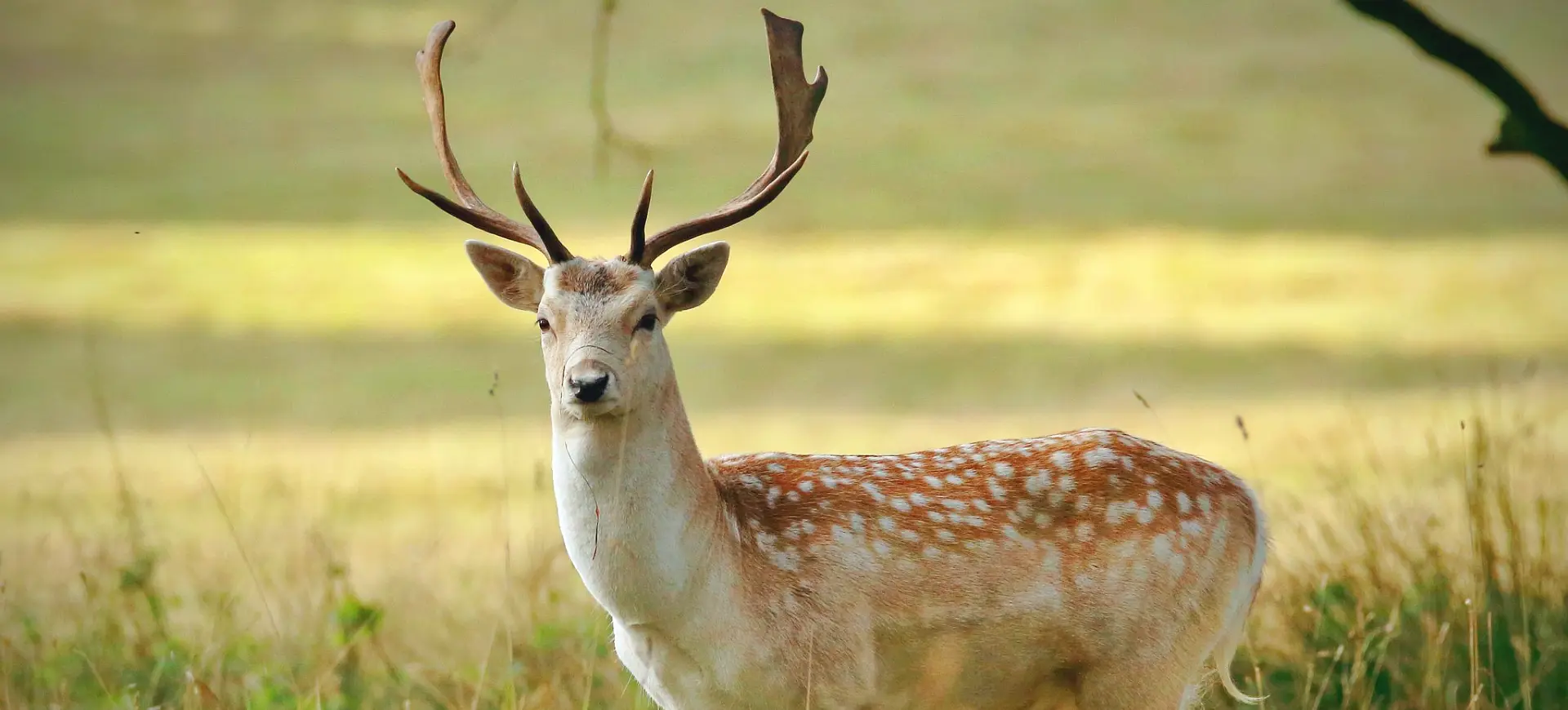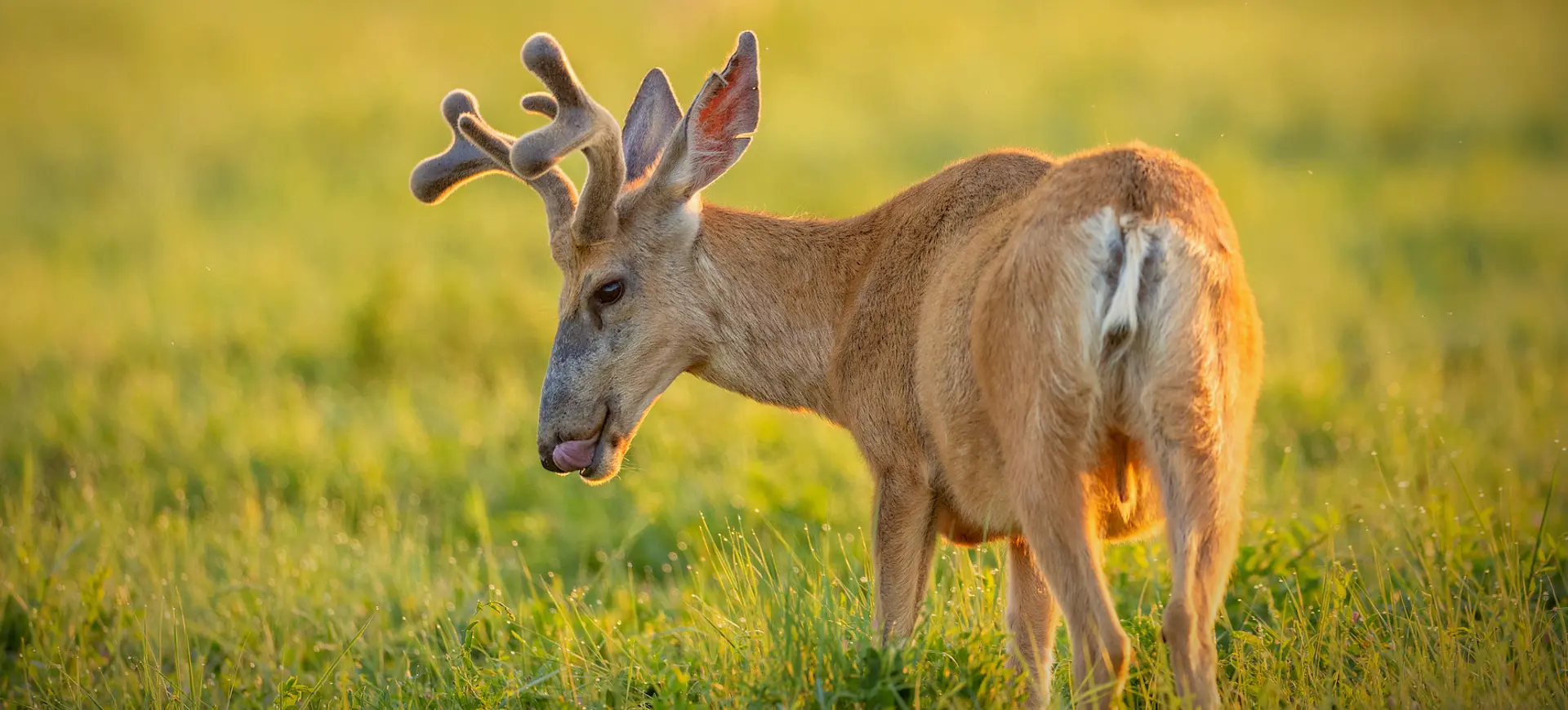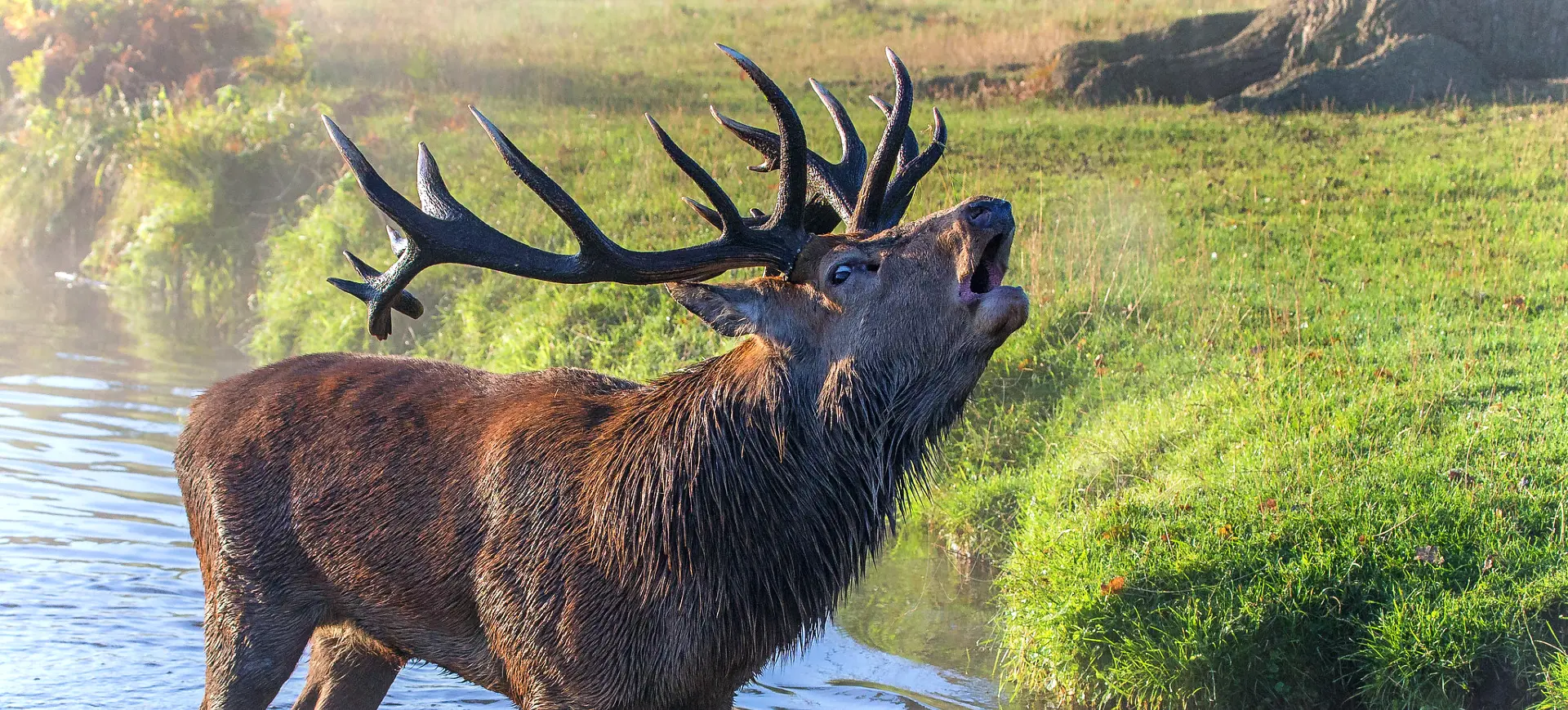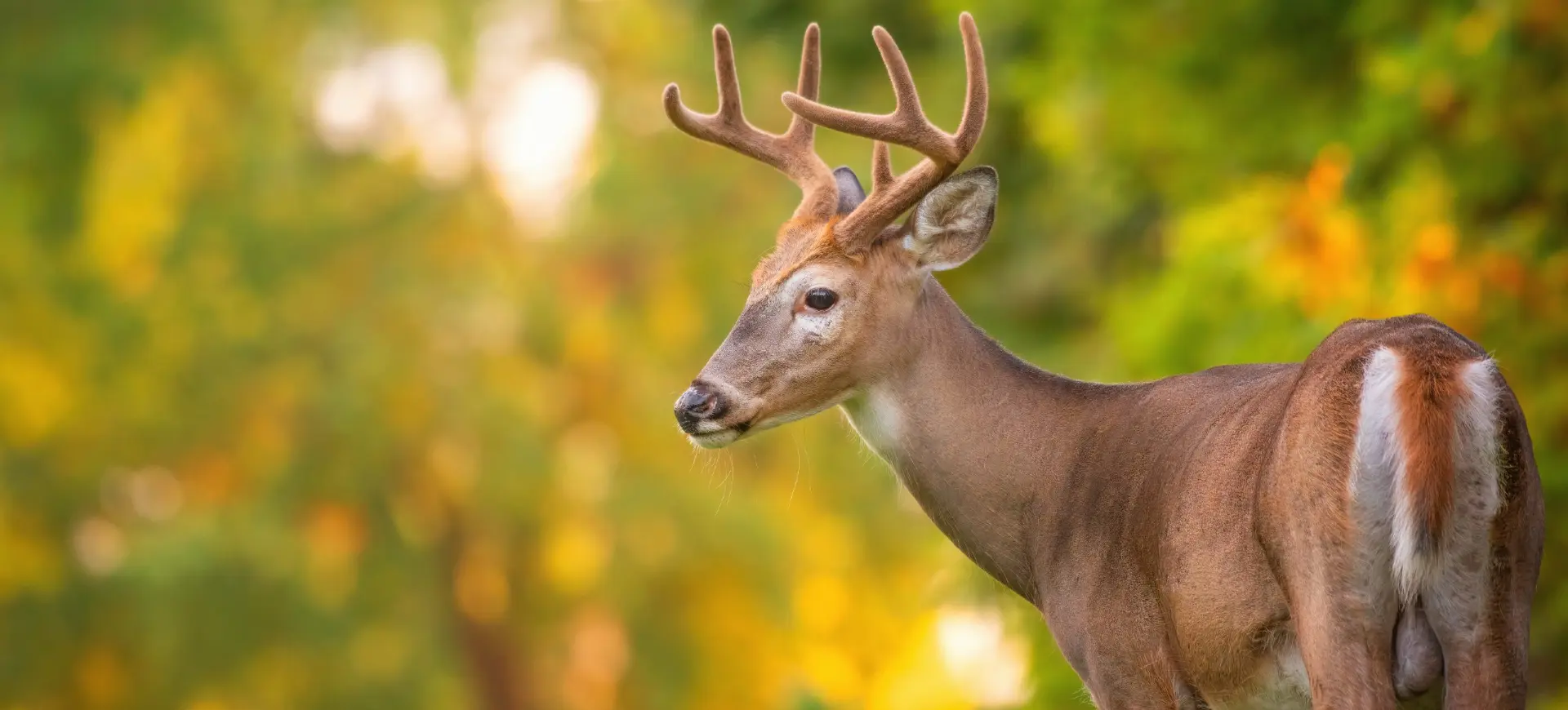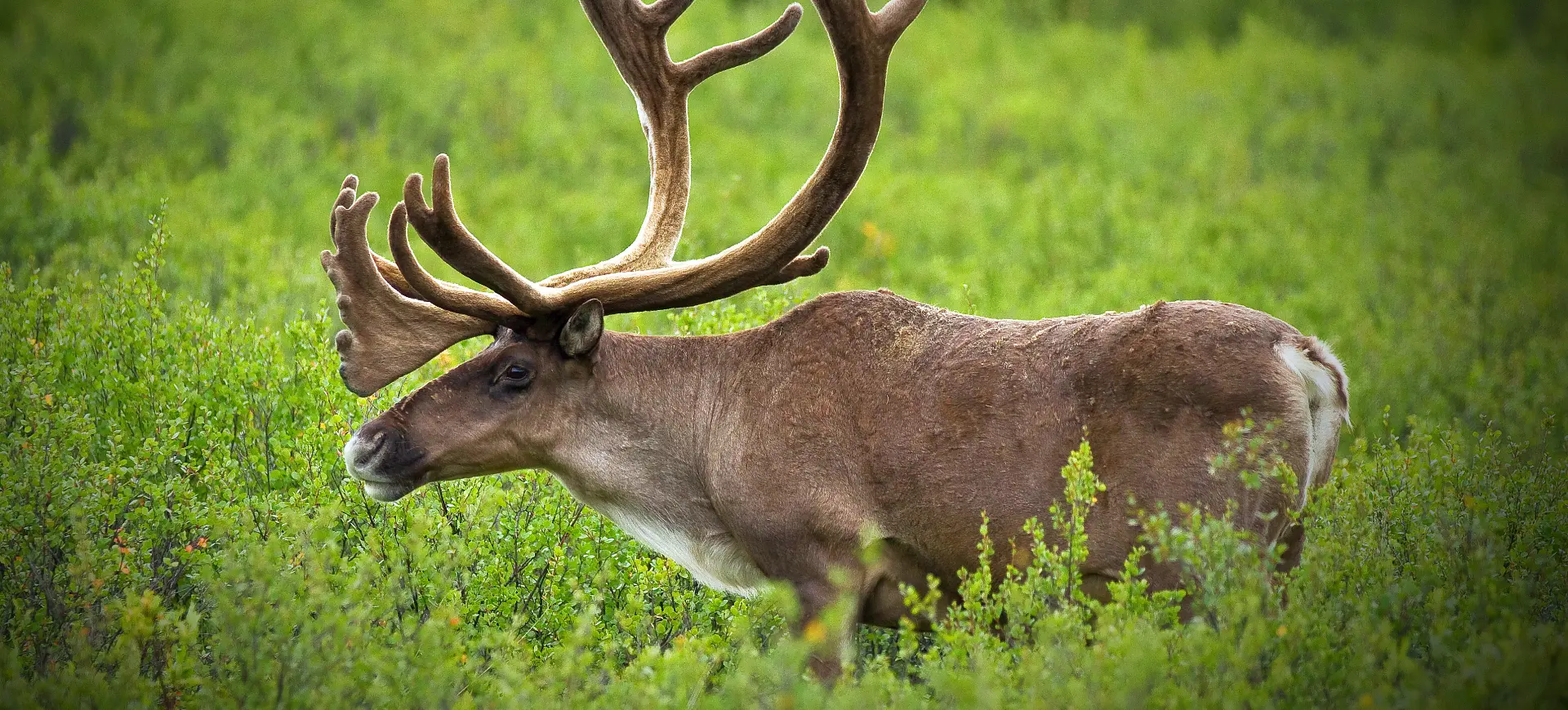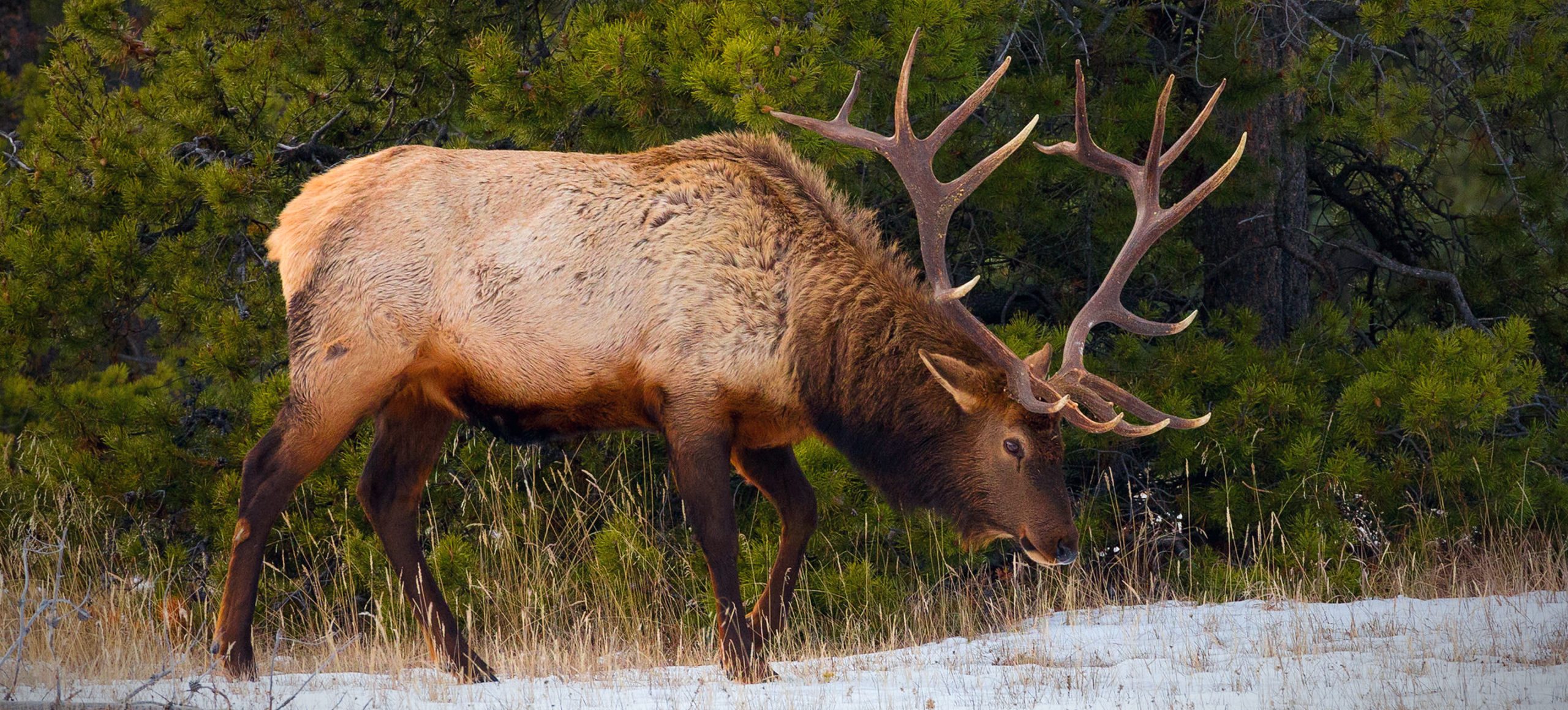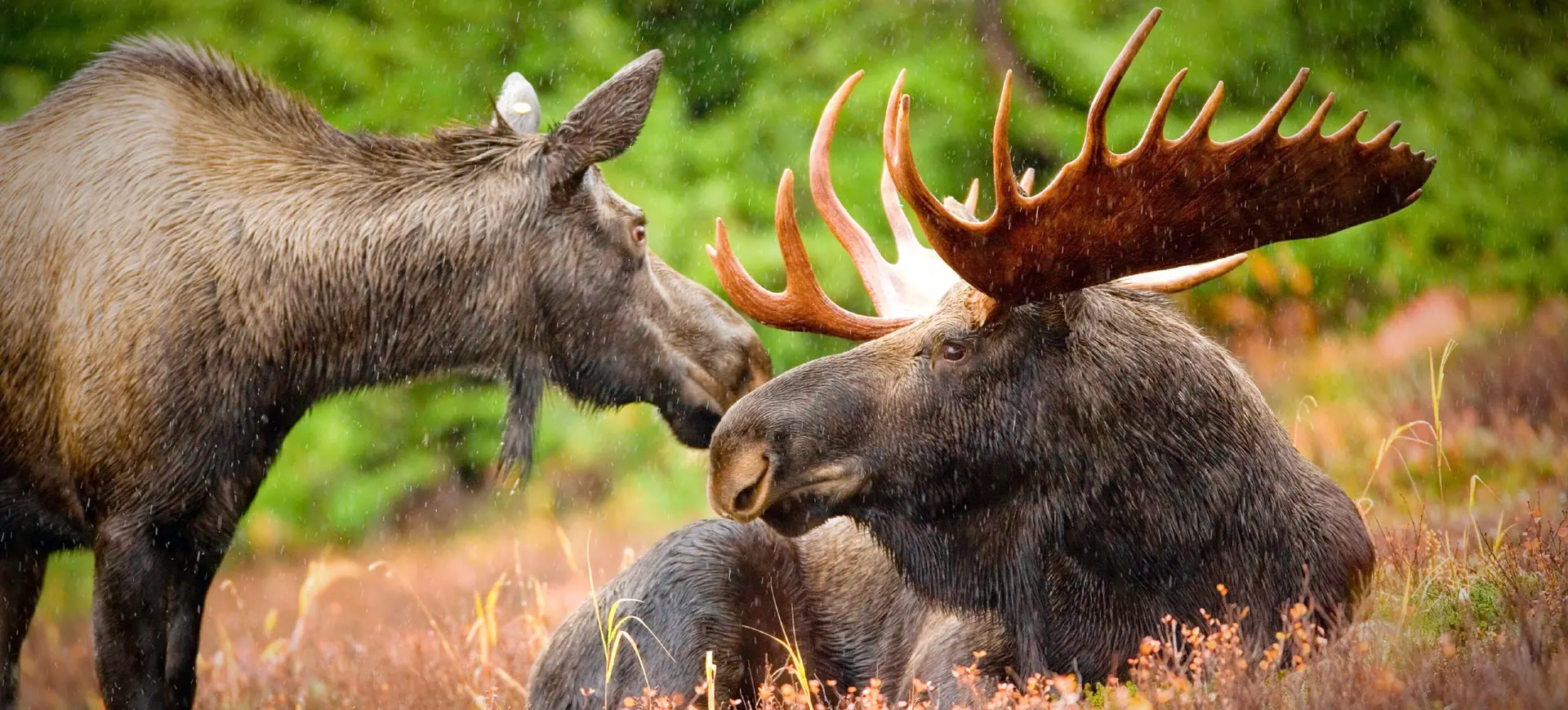Overview
The Southern Pudu, also known as Pudu puda, is the smallest deer species in the world and is native to the temperate rainforests of southern Chile and southwestern Argentina. Adults stand only about 14 to 18 inches tall at the shoulder and weigh between 20 and 33 pounds. Despite its diminutive size, the Southern Pudu is a resilient and agile creature, well-adapted to the dense undergrowth and steep terrains of its native habitat.
The Southern Pudu has a reddish-brown to dark brown coat, which provides excellent camouflage in its forested environment. Males possess small, spiked antlers that are shed and regrown annually. The species is generally solitary, although females may be accompanied by their fawns. They are crepuscular and most active during dawn and dusk, which helps them avoid predators.
Southern Pudus are herbivores, feeding on various plant materials, including leaves, twigs, fruits, and bark. They are selective feeders, choosing the most nutritious parts of plants. Their small size allows them to navigate through dense undergrowth, where they find most of their food. They also stand on their hind legs to reach higher vegetation.
Physical Description:
The Southern Pudu is a small, compact deer with a body built for navigating the dense forests of its native habitat. Its coat is reddish-brown to dark brown, providing excellent camouflage against the backdrop of leaves and trees. Males have small, spiked antlers shed annually, while females lack antlers altogether.
Adult Southern Pudus weigh between 20 and 33 pounds and stand about 14 to 18 inches tall at the shoulder. They have a body length of approximately 32 to 34 inches. Due to their small size and ground-dwelling nature, they do not have a wingspan.

Lifespan: Wild: ~8 Years || Captivity: ~15 Years

Weight: Male & Female: 20-33 lbs (9-15 kg)

Length: Male & Female: 32-34 in (81-85 cm)

Height: Male & Female: 14-18 in (35-45 cm)

Top Speed: 20 mph (32 km/h)
Characteristic:
Native Habitat:
Southern Pudus are native to the temperate rainforests of southern Chile and southwestern Argentina. They prefer dense, moist forests with plenty of undergrowth, which provides them with both food and cover from predators. They are also found in mountainous regions, where they navigate steep, rugged terrain with ease.
The species is well-adapted to its environment and can survive in lowland and highland forests. They are generally found at elevations ranging from sea level to 3,300 feet (1,000 meters), although some populations have been observed at higher elevations.
Climate Zones:
Biomes:
WWF Biomes:
Biogeographical Realms:
Continents:
Diet:
Diet & Feeding Habits:
Southern Pudus are herbivores that feed on various plant materials, including leaves, twigs, bark, and fruit. They are selective feeders, choosing the most nutritious parts of plants to consume. They also stand on their hind legs to reach higher vegetation, taking advantage of their agility and balance.
The species has a four-chambered stomach, allowing for efficient digestion of fibrous plant material. They are crepuscular, meaning they are most active during dawn and dusk when they venture out to forage. Their small size allows them to navigate through dense undergrowth, where they find most of their food.
Mating Behavior:
Mating Description:
Southern Pudus have a polygynous mating system, where males compete to access females. The breeding season occurs in the Southern Hemisphere’s autumn, typically from April to May. After a gestation period of about 210 days, females give birth to a single fawn, which is weaned at around two months.
The fawn is born with spots that fade as it matures. It stays with its mother for several months before becoming independent. Males do not participate in parental care but may stay within the same territory as the female and fawn for a short period.
Reproduction Season:
Birth Type:
Pregnancy Duration:
Female Name:
Male Name:
Baby Name:
Social Structure Description:
Southern Pudus are generally solitary animals, although small family groups consisting of a female and her fawn can sometimes be observed. They are territorial, with males marking their territory with scent glands on their faces. Despite their solitary nature, they have complex vocalizations used for communication, particularly during the mating season.
Their small size and secretive nature make them difficult to observe in the wild. However, they are known to be agile and alert, with keen senses that help them evade predators. They are also capable of climbing and swimming, skills that help them navigate the diverse terrains of their native habitat.
Groups:
Conservation Status:
Population Trend:
The Southern Pudu is currently listed as “Near Threatened” by the IUCN, with declining populations primarily due to habitat loss and fragmentation. They are also affected by hunting and predation by larger carnivores like pumas and foxes. Their elusive nature and small size make them difficult to study, and as a result, exact population numbers are not well-documented.
Conservation efforts are focused on habitat preservation and reducing human impact, including hunting. Protected areas like national parks and reserves are crucial for the species’ survival. However, more needs to be done to ensure the long-term survival of this unique and elusive deer.
Population Threats:
The primary threats to the Southern Pudu population are habitat loss and fragmentation due to logging, agriculture, and human settlement. They are hunted for meat and hides, although this is less common. Predation by larger carnivores, such as pumas and foxes, is another significant threat.
Conservation efforts are focused on habitat preservation and reducing human impact, including hunting. Protected areas like national parks and reserves are crucial for the species’ survival. However, more needs to be done to ensure the long-term survival of this unique and elusive deer.
Conservation Efforts:
Conservation efforts for the Southern Pudu are primarily focused on habitat preservation. Several national parks and reserves in Chile and Argentina protect crucial habitats for this species. These protected areas are monitored to ensure the health and survival of Southern Pudu populations.
Ongoing research is being conducted to better understand the needs and behaviors of this elusive species. This research is crucial for implementing effective conservation strategies, including habitat restoration and anti-poaching measures. Public awareness campaigns are also being used to educate local communities about conserving this unique species.
Additional Resources:
Fun Facts
- The Southern Pudu is the world’s smallest deer species.
- They are agile climbers and swimmers despite their small size.
- Southern Pudus are crepuscular, most active during dawn and dusk.
- They have a four-chambered stomach for efficient digestion of plant material.
- Males have short, spiked antlers that are shed annually.
- The species is listed as “Near Threatened” by the IUCN.
- They have a polygynous mating system, with males competing for females.
- Southern Pudus are found at elevations ranging from sea level to 3,300 feet.
- They are territorial and mark their territory with scent glands.
- Despite their small size, they have a diverse vocalization repertoire for communication.





